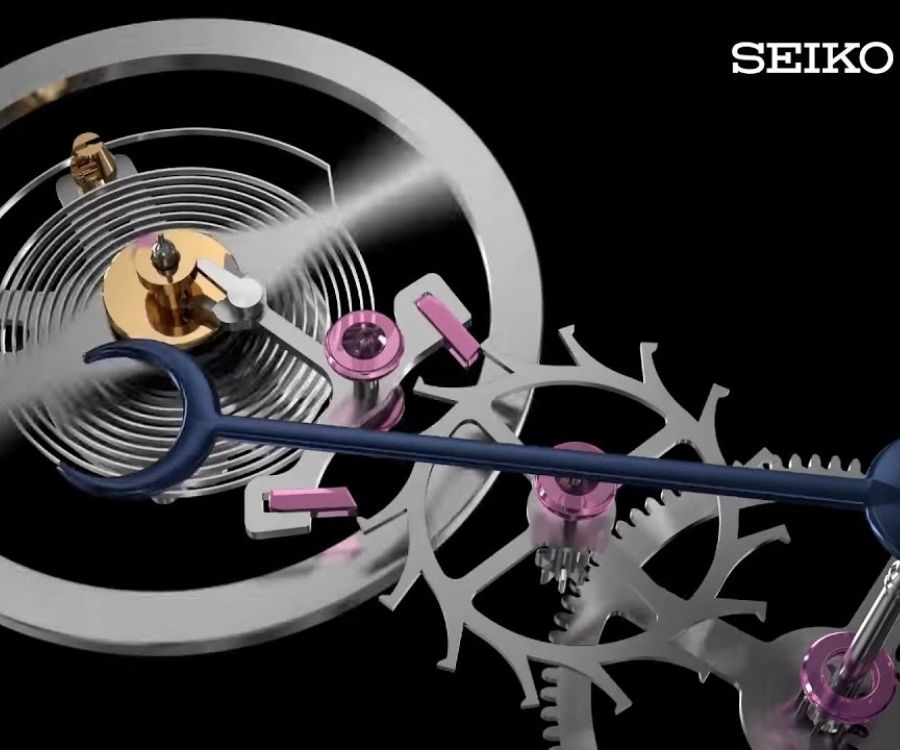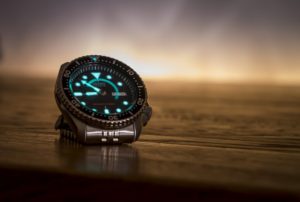If you hang out with Seiko fanboys long enough, you’ll probably think the company only makes 3-4 mechanical movements (7s26, 4r36, 6r15, etc.). However, there’re tons of lesser-known Seiko movements that have a big place in the company’s history.
In today’s article, we’ll shine a bit of light on these unsung heroes.
1. Seiko 7S25
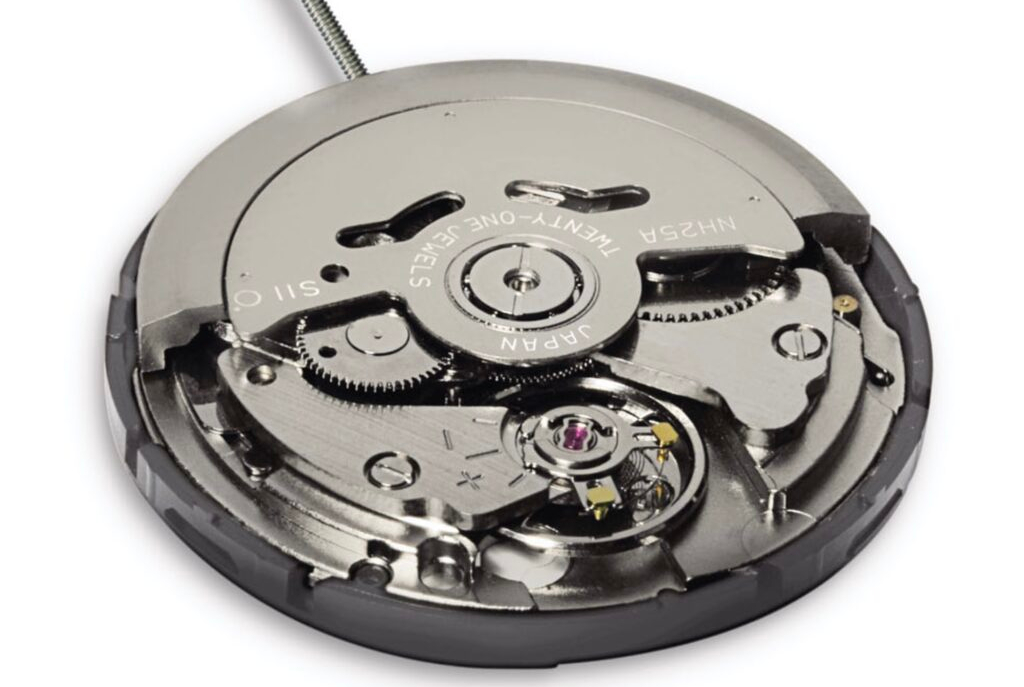
It’s no secret that Seiko used the 7s26 movement in most of their entry-level watches from its introduction in 1996 to the day it was retired (mid-2010s). However, its little brother, the 7s25, is unheard of for most collectors.
It’s not because it is a special edition, or that it’s a complicated & rare movement. In fact, it’s indistinguishable from the ubiquitous 7s26 apart from the fact that it only has a date wheel instead of a day-date complication.
There are two main reasons why the 7s25 is much rarer than its day-date counterpart.
1- It couldn’t be used for Seiko 5 watches.
Being a very basic movement, the 7s25 is featured in entry-level Seiko watches. However, the most popular collection of cheap Seiko watches is by far the Seiko 5 collection.

The “5” nomenclature comes from the five criteria required for a watch to be part of this collection, one being the presence of a day-date display. This means that the date-only 7s25 caliber can’t be used for any Seiko 5, limiting its potential to almost none.
2- It was only produced in Japan
The Seiko 7s25 caliber was only produced in Japan (from 2004-2014), which is surprising since almost every other movement of the 7s family is mostly produced in Malaysia or Singapore.
The costs to make a movement in Japan are often a bit higher when you account for the workforce, tariffs, etc. This puts the 7s25 in an awkward place where it’s a run-of-the-mill movement but it costs more to make than the similar and more versatile 7s26.
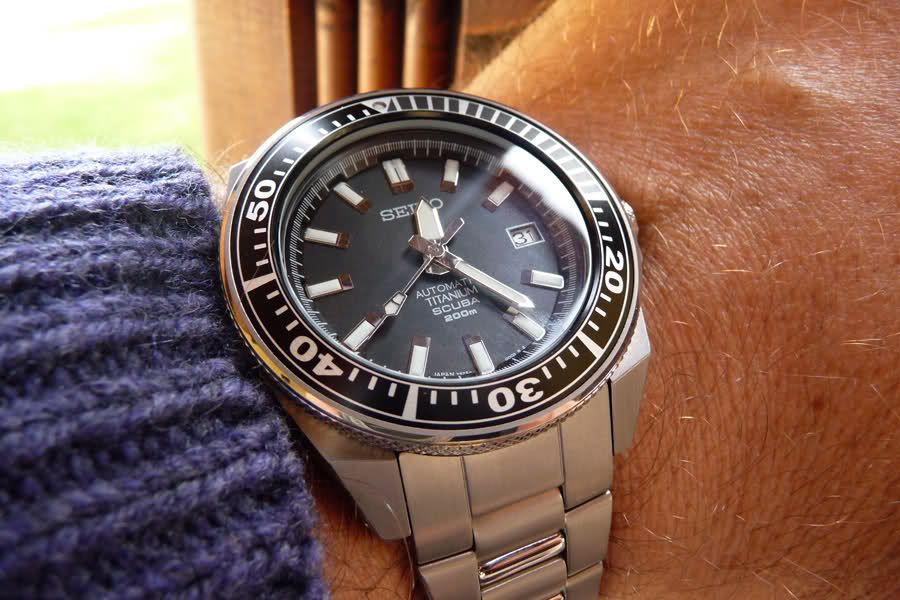
The only place where Seiko could use this movement was the Prospex lineup. These are pricier watches where buyers mostly look for diving capabilities instead of a complex/accurate movement, so the higher cost of the 7s25 was absorbed more easily.
2. Seiko 7S55
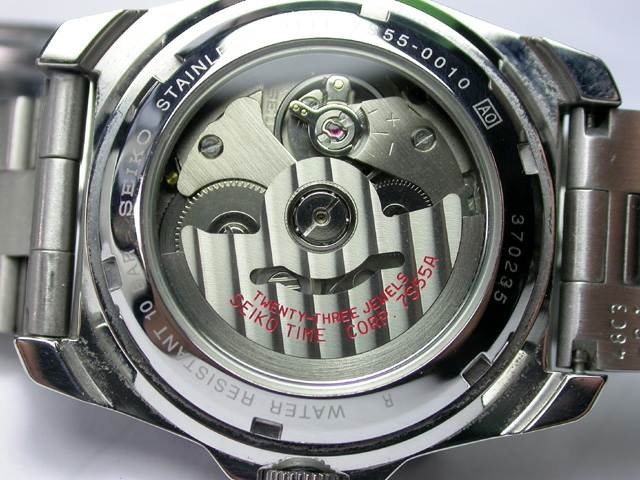
If you think the 7s25 is rare, wait until you hear about the 7s55! But first, we need to brush over the 7s35. Basically, the 7s35 is almost indistinguishable from the 7s25 except for two additional jewels (for a total of 23).
Those two jewels aren’t really functional so they won’t add accuracy or reliability to the movement, they simply make the watch more attractive on paper. For this reason, Seiko used the 7s35 for mid-range watches to try and upsell it based on the fact that it had more jewels.
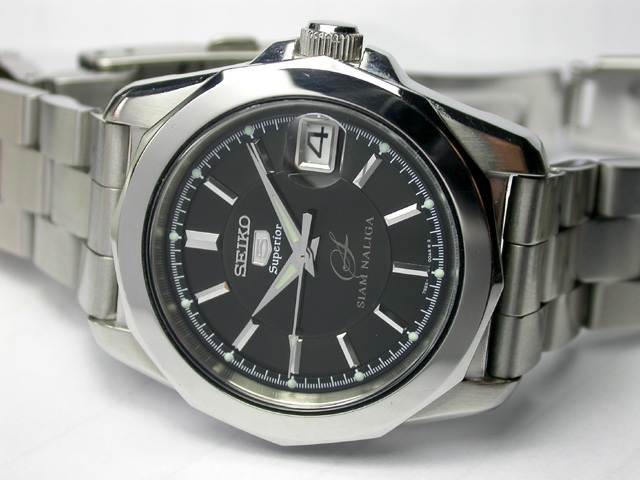
The 7s55 is an upscale version of this 7s35 caliber with a special-edition “Tokyo Stripes” rotor. This rotor features a striped look and a signature red font. Also, the movement has more polish and a better finish.
The reason why the 7s55 is so rare and unheard of is that it was only used for one Seiko watch: the SLX-Series. This is a timepiece part of the “Seiko 5 Superior” collection, which is strange because it contradicts the aforementioned “day-date” rule of Seiko 5s. Oh well, I guess the “Superior” brand gets a pass.
Consequently, the 7s55 is the shortest-lived caliber of the 7s family, and thus it’s also the rarest of the bunch.
3. Seiko 4206
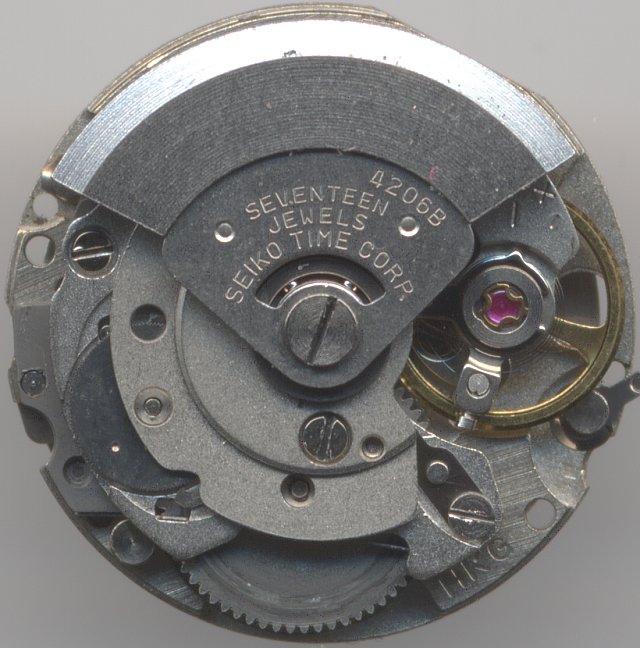
Although this one used to be a pretty popular caliber, I’m going to assume none of you guys are familiar with it, because it’s a ladies movement. Indeed, Romeo’s Watches is a true sausage fest, with about 95% of readers being men.
With its 17.2mm diameter and 5.5mm thickness this movement is tiny and cute, but there are drawbacks to this bite-sized caliber. For instance, the 4206 is much less reliable and accurate than its brothers (7s26, 4r36, etc..), because Seiko needs to make compromises in those departments to allow for the smaller size.
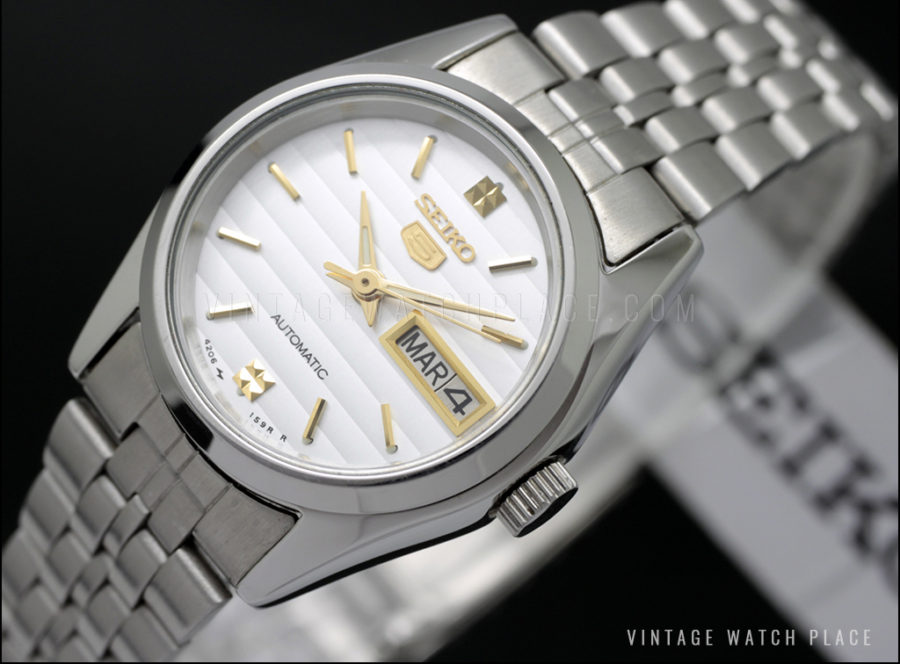
However, it’s good to know that the 4206 had a day-date wheel, making it eligible for ladies Seiko 5 watches. Furthermore, it offered hand-winding, a feature that is typically unseen on Seiko 5 watches.
4. Seiko 4s35
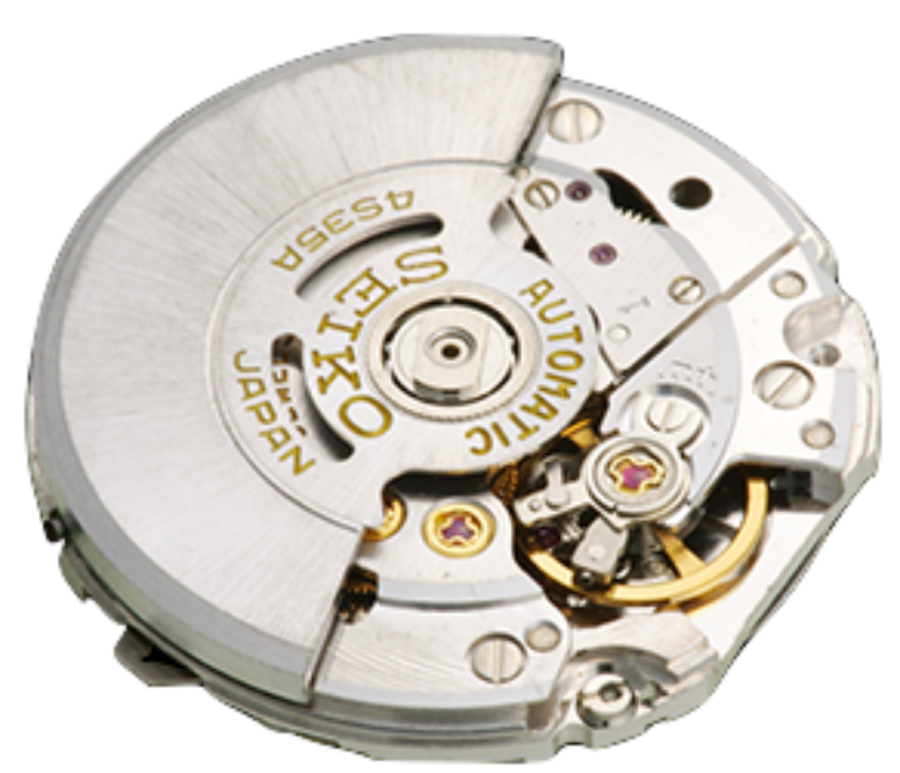
This one might sound familiar as it’s only one letter away from the ubiquitous Seiko 4r35 movement. The 4r35, also known as the NH35 when sold to external parties, can be found in a plethora of affordable microbrand watches.
However, the similarly-named 4s35 caliber is worlds apart from its 4r35 brother. The 4s35 was only produced from 1992 to the early 2000s, but boy was it ahead of its time. In fact, this caliber was the basis on which Seiko built upon to create the Grand Seiko 9s movement later on.
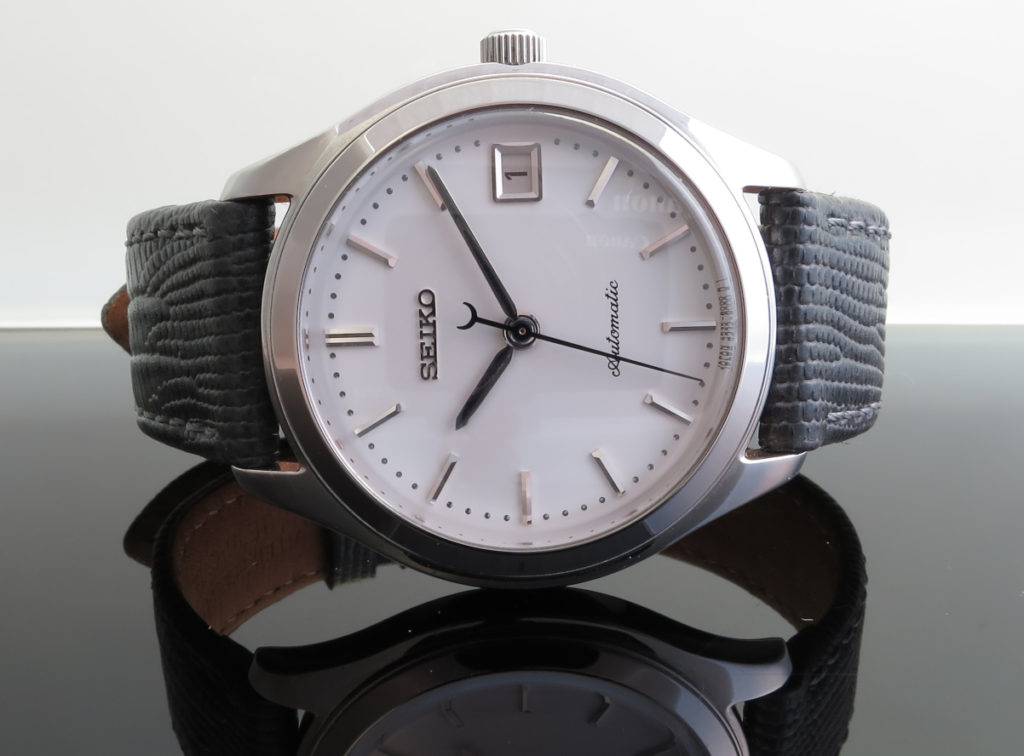
With its 28,800 bph frequency, -10/+15 seconds per day accuracy and 25 jewels set-up, the Seiko 4s35 posed a real threat to its Swiss competitors. Additionally, it was built on a slim 4mm profile, making it perfect for dress watches.
This movement was used in the Seiko SCVK001 and SCVK002, two high-end dress watches that retailed for ¥110,000 (≈$1000) and ¥120,000 (≈$1100) back in 1993!
5. Seiko 4r37 / NH37
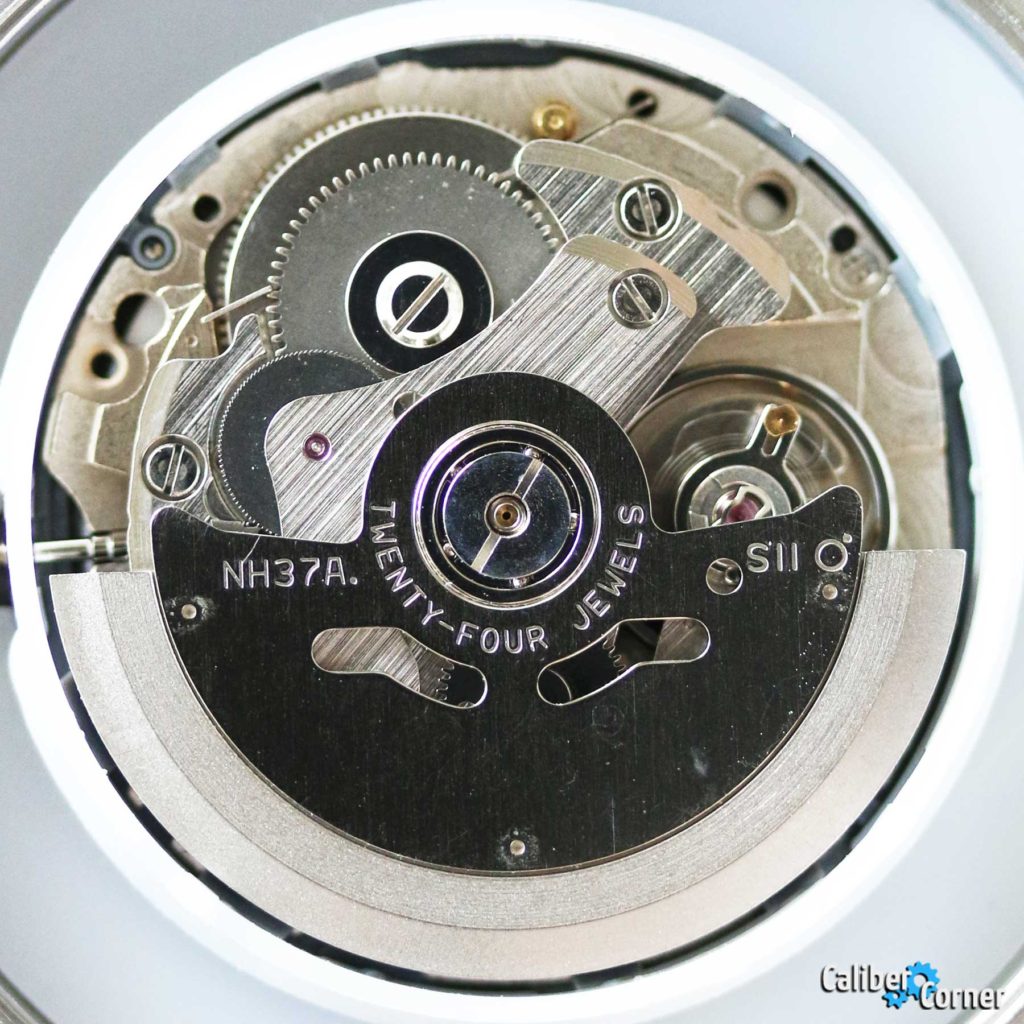
The Seiko 4R35/36 and NH35/36 are some of the most famous Seiko calibers out there. As I mentioned before, they’re used in plenty of Seiko watches as well as tons of third-party companies including Invicta and almost every entry-level microbrand out there.
However, few people know that these two movements have a big brother; the 4R37/NH37. This one builds upon the great features of the 4R36 (hand-winding, hacking, decent accuracy, amazing reliability) and adds a cool complication; a 24-hour subdial.
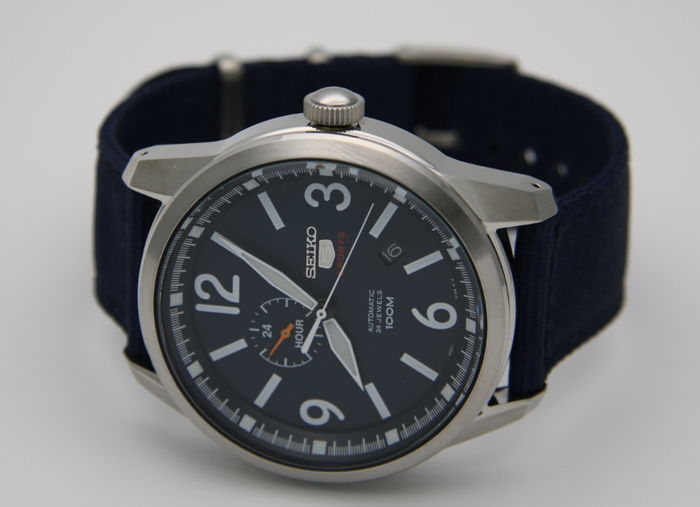
It’s quite a distinctive movement, not only because of its quirky complication but also because it comes in different configurations. For instance, the 24-hour subdial can be located at the 10½ o’clock position or 12 o’clock position. Same for the date display, which can move around from the 4½ to the 6 o’clock position.
All these peculiarities make for a very unique movement, but it’s unfortunately scarce because of its high production cost and niche customer base.
I hope you learned about at least one movement by reading this article. Let me know in the comments below if you think I’ve missed out on an important Seiko caliber that often flies under the radar!

